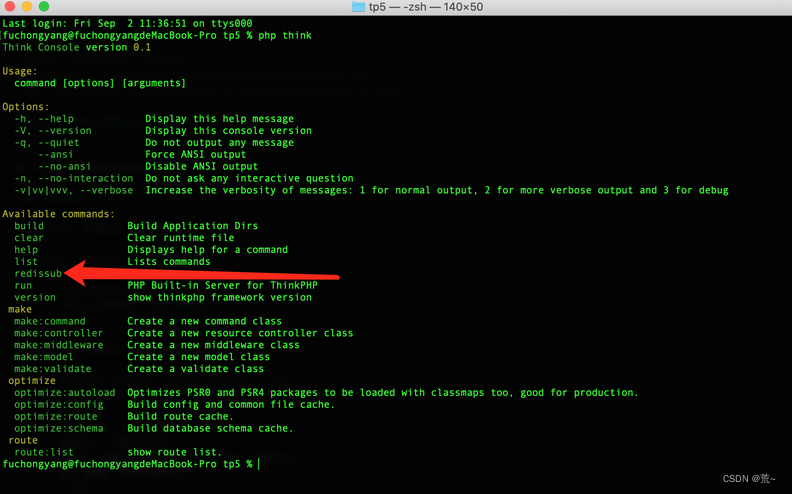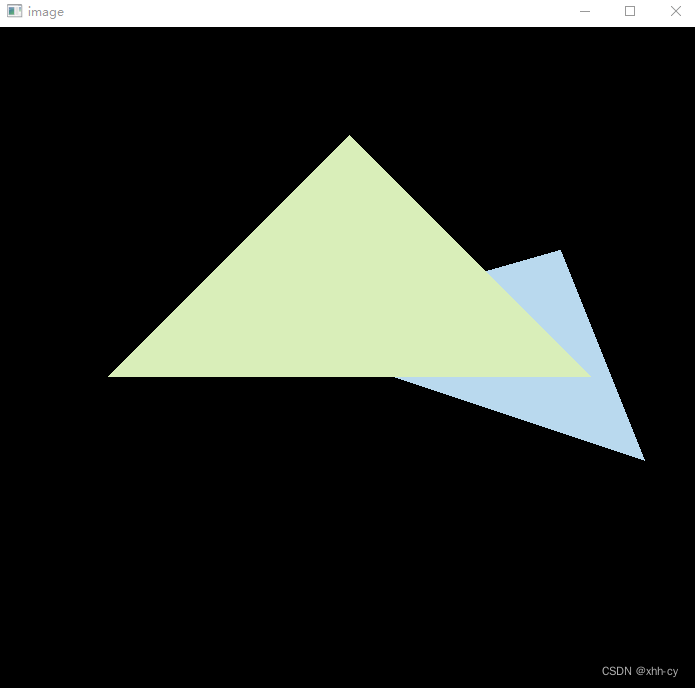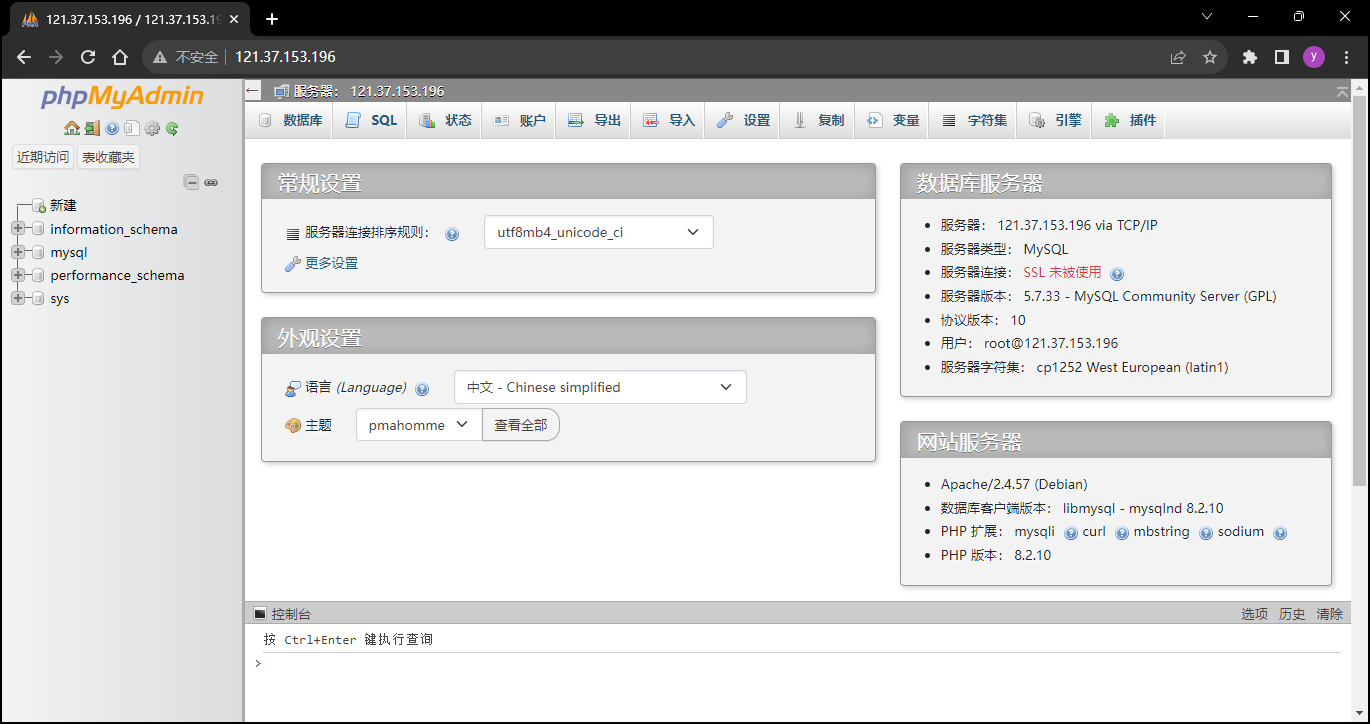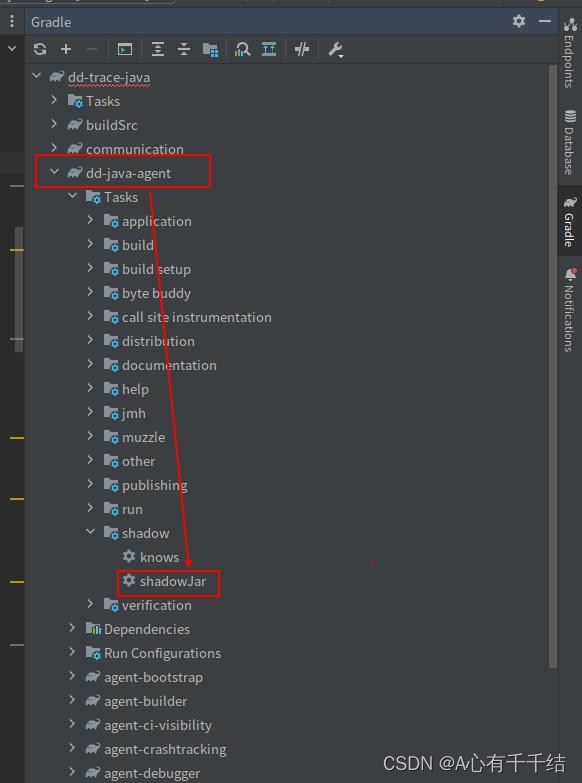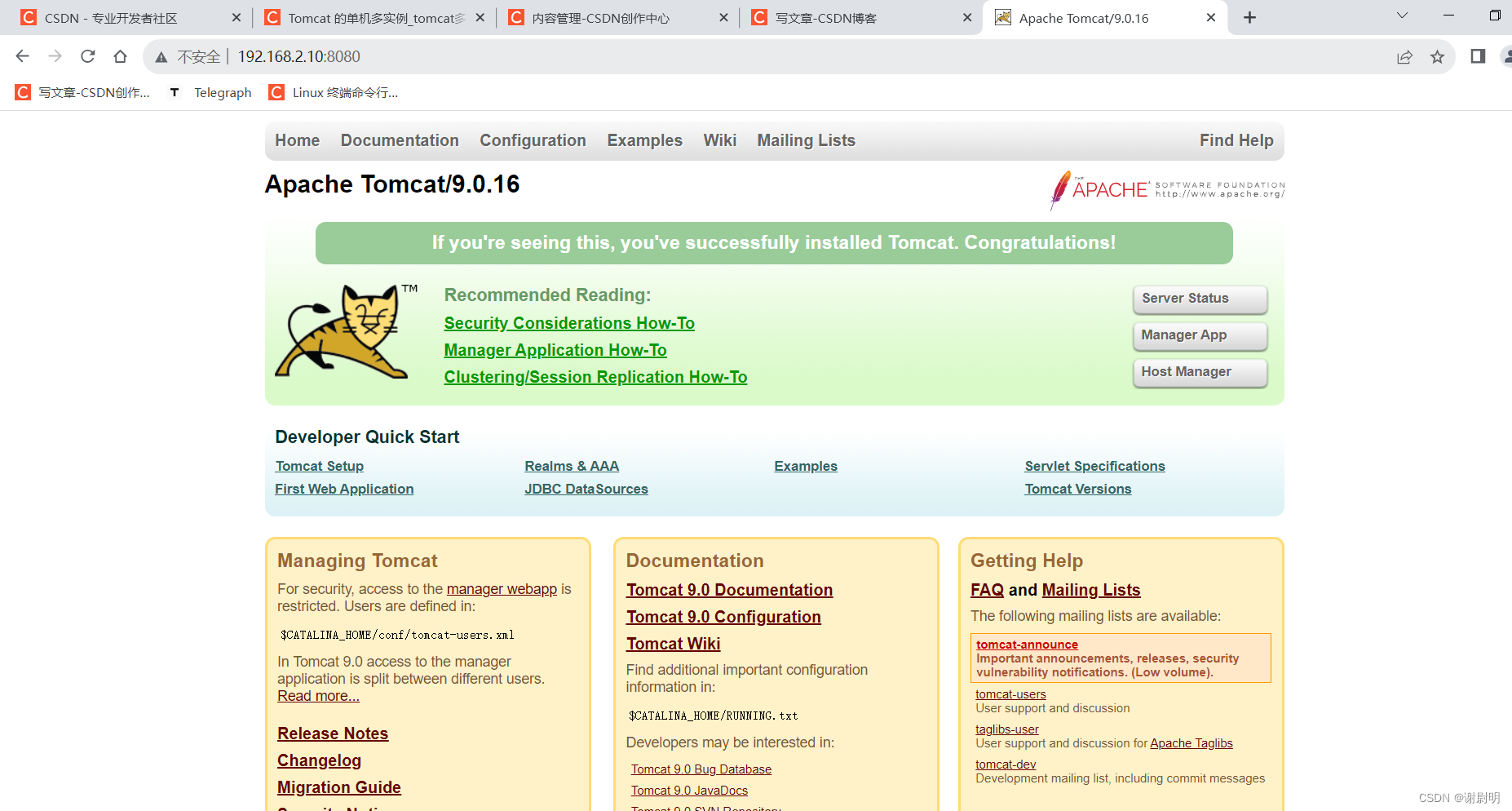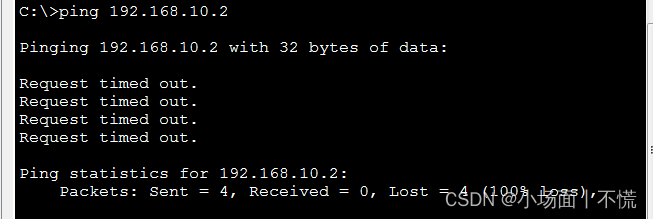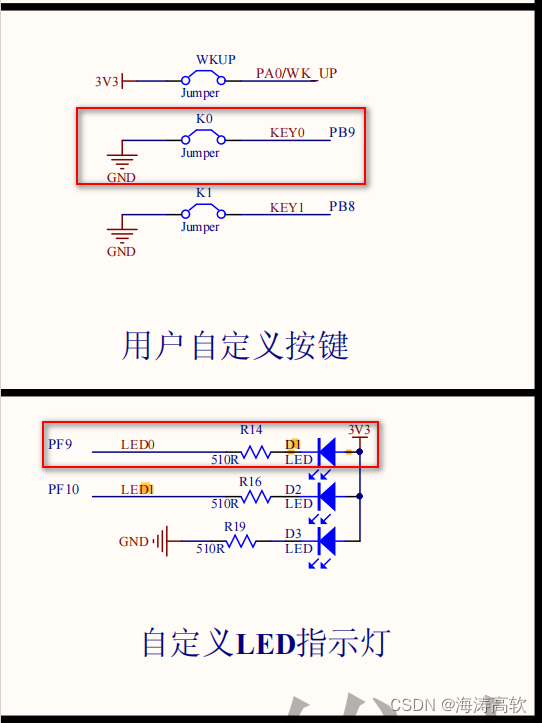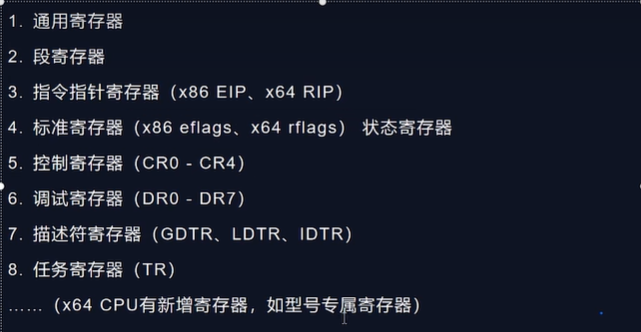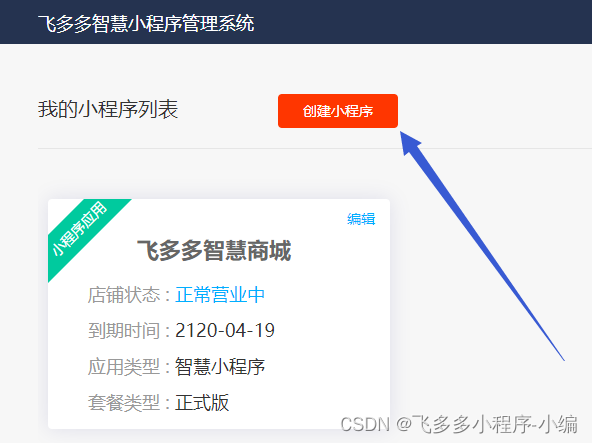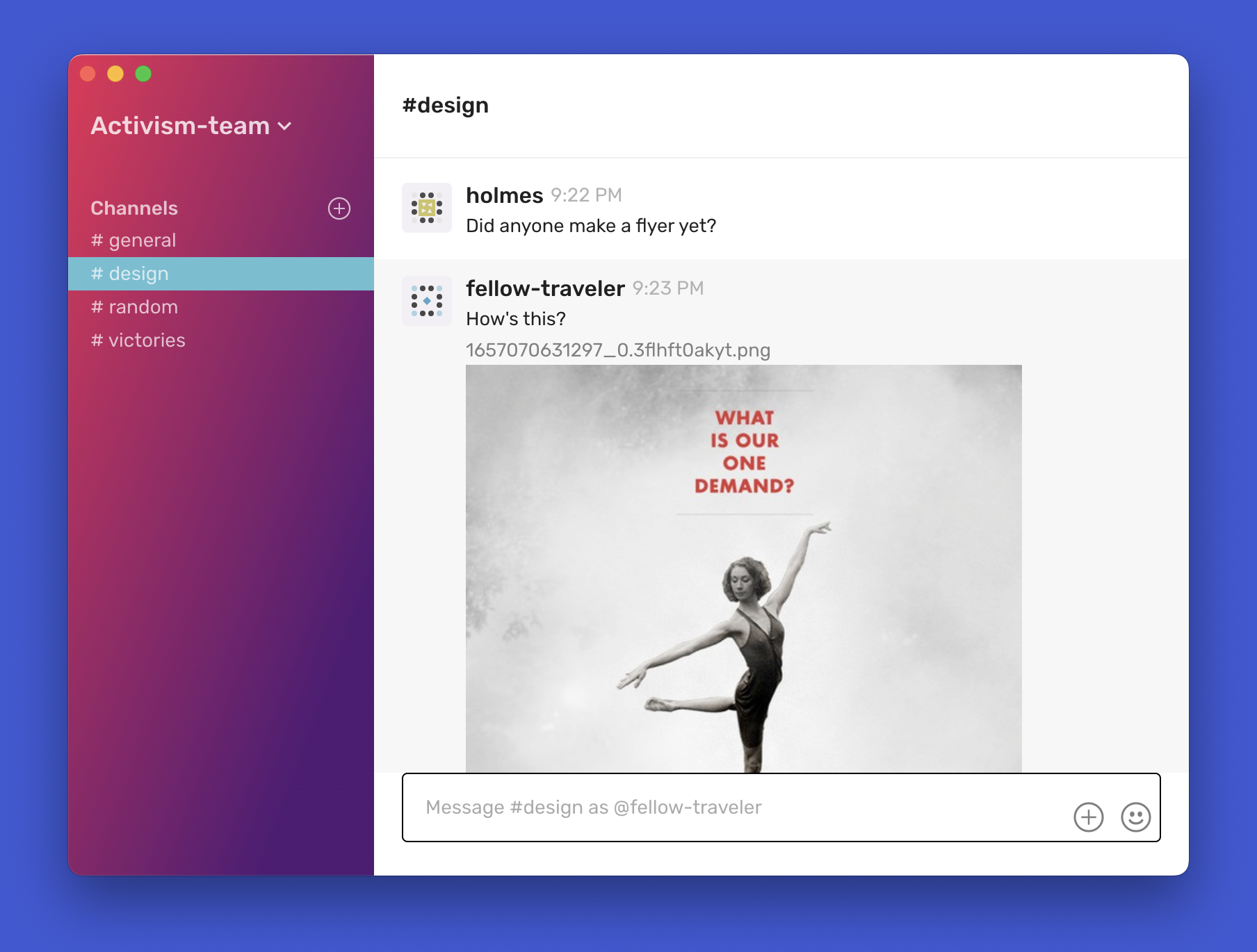上周,我发布了一篇关于如何直观解释Golang中通道(Channel)的文章。如果你对通道仍然感到困惑,请先查看那篇文章。
Go并发可视化解释 — Channel
作为一个快速复习:Partier、Candier和Stringer经营着一家咖啡店。Partier负责接受顾客的订单,然后将这些订单传递给厨房,Candier和Stringer制作咖啡。
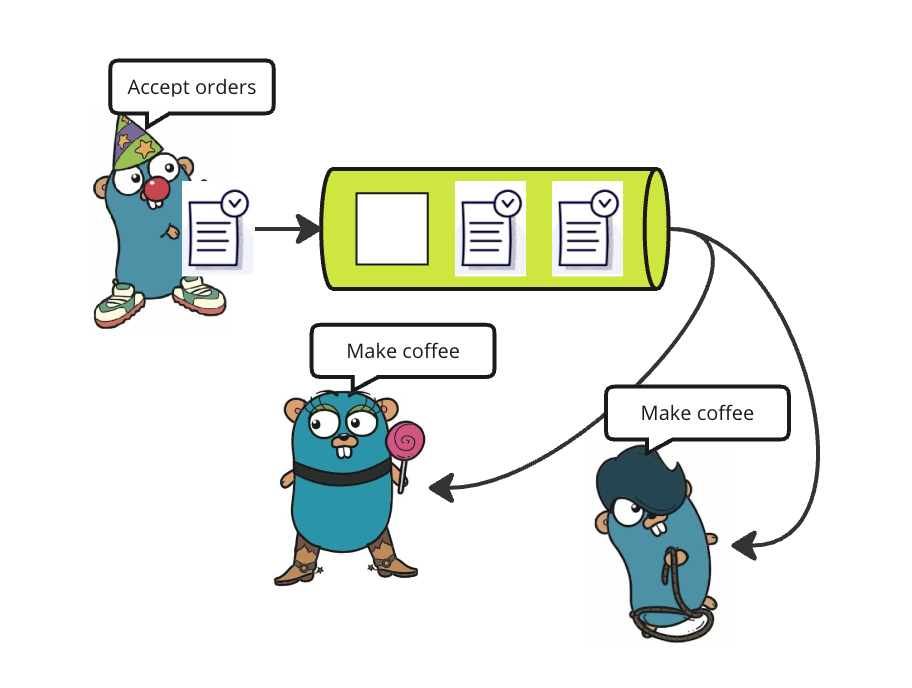
Gophers' Cafe(Gopher咖啡馆)
在本文中,我将直观解释select语句,这是在Go应用程序中处理并发的另一个强大工具。Gophers和他们的虚构咖啡馆仍然是我的伙伴,但这次,让我们聚焦在Partier和点单部分。
情景
Gopher的Cafe意识到越来越多的顾客希望通过外卖应用程序在线订购咖啡。因此,除了店内点餐外,他们还选择了一个外卖应用程序。Partier会监视来自两个通道的订单,并通过另一个名为queue的通道将这些订单转发给Candier和Stringer。
select {
case order := <-appOrders:queue <- order
case order := <-inShopOrders:queue <- order
}当这两个通道中的任何一个有订单时,Partier会获取订单并将其转发到queue通道。
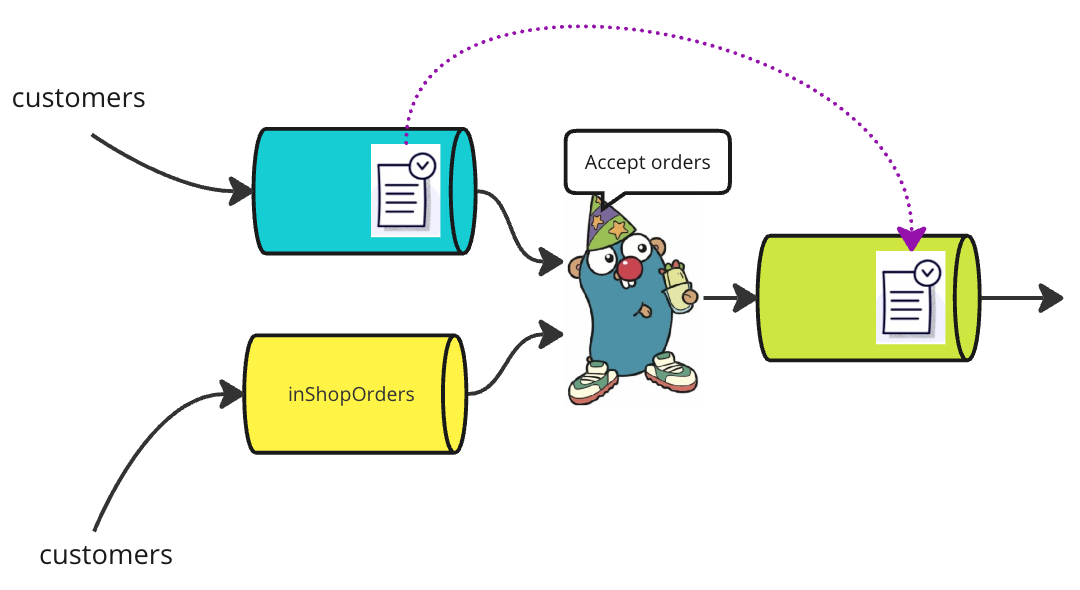
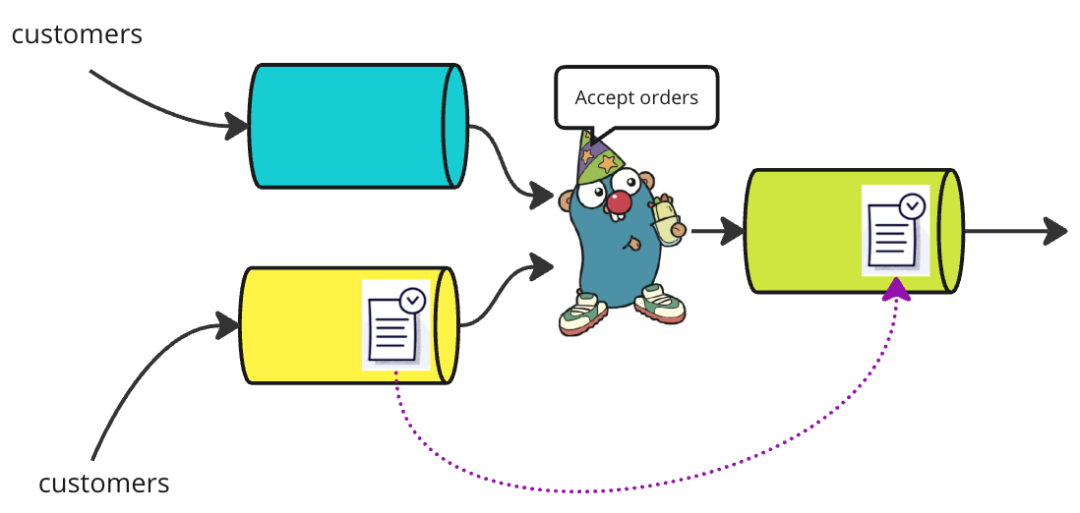
如果这两个通道都有订单,将会选择其中一个。在实际的咖啡店中,来自inShopOrders的订单可能会被优先处理。但是,在Go应用程序中,我们无法保证哪个订单会被选择。还要注意,select语句的执行只会选择一个订单,Partier不会一次选择两个订单。但是,在许多应用程序中,select语句通常嵌套在for循环中,以便在前一个迭代中剩下的订单有机会在下一个迭代中被选择。
for {select {case order := <-appOrders:queue <- ordercase order := <-inShopOrders:queue <- order}
}但是,如果这两个通道都有订单,它们将再次进行公平竞争。
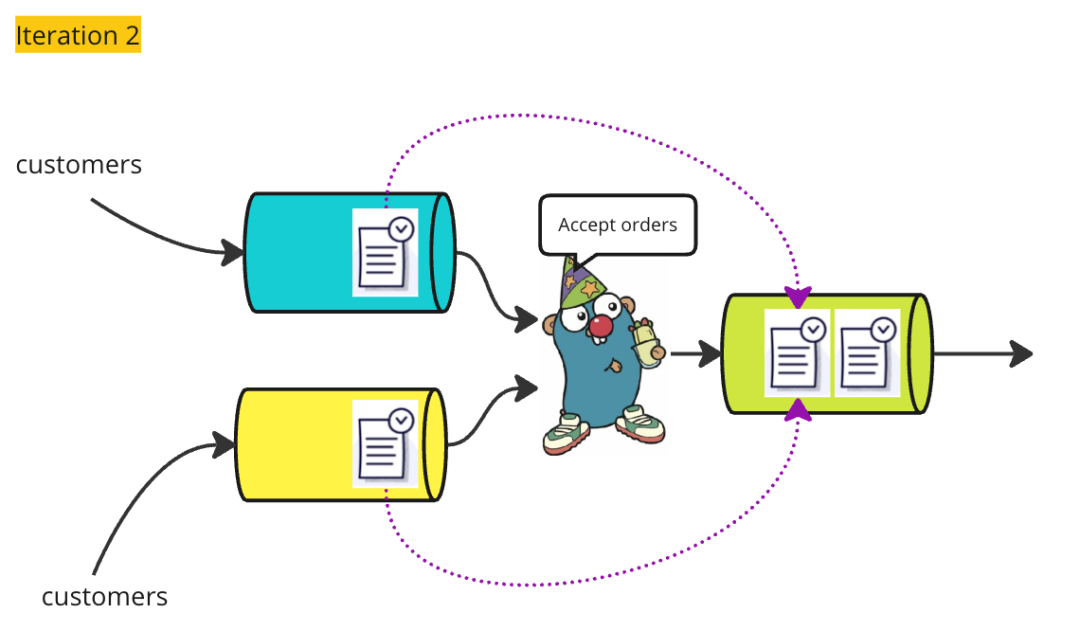
默认情况(Default)
在非高峰时段,订单不多,Partier花费大量时间在等待上。他认为,他可以通过做其他事情来更有效地利用时间,例如清理桌子。这可以通过default来实现。
for {select {case order := <-appOrders:log.Println("There is an order coming from appOrders channel")queue <- ordercase order := <-inShopOrders:log.Println("There is an order coming from inShopOrders channel")queue <- orderdefault:log.Println("There is no order on both channels, I will do cleaning instead")doCleaning()}
}time.After()
time.After(duration)通常与select一起使用,以防止永久等待。与default不同,time.After(duration)会创建一个普通的<-chan Time,等待duration时间的流逝,然后将当前时间发送到返回的通道上。这个通道在select语句中与其他通道平等对待。正如你所看到的,select语句中的通道可以是不同类型的。
shouldClose := false
closeHourCh := time.After(8 * time.Hour)for !shouldClose {select {case order := <-appOrders:log.Println("There is an order coming from appOrders channel")queue <- ordercase order := <-inShopOrders:log.Println("There is an order coming from inShopOrders channel")queue <- ordercase now := <-closeHourCh:log.Printf("It is %v now, the shop is closing\n", now)shouldClose = truedefault:log.Println("There is no order on both channels, I will go cleaning instead")doCleaning()}
}log.Println("Shop is closed, I'm going home now. Bye!")当处理远程API调用时,这种技术非常常见,因为我们无法保证远程服务器何时返回或是否返回。借助于context,通常不需要这样做。
responseChannel := make(chan interface{})
timer := time.NewTimer(timeout)select {
case resp := <-